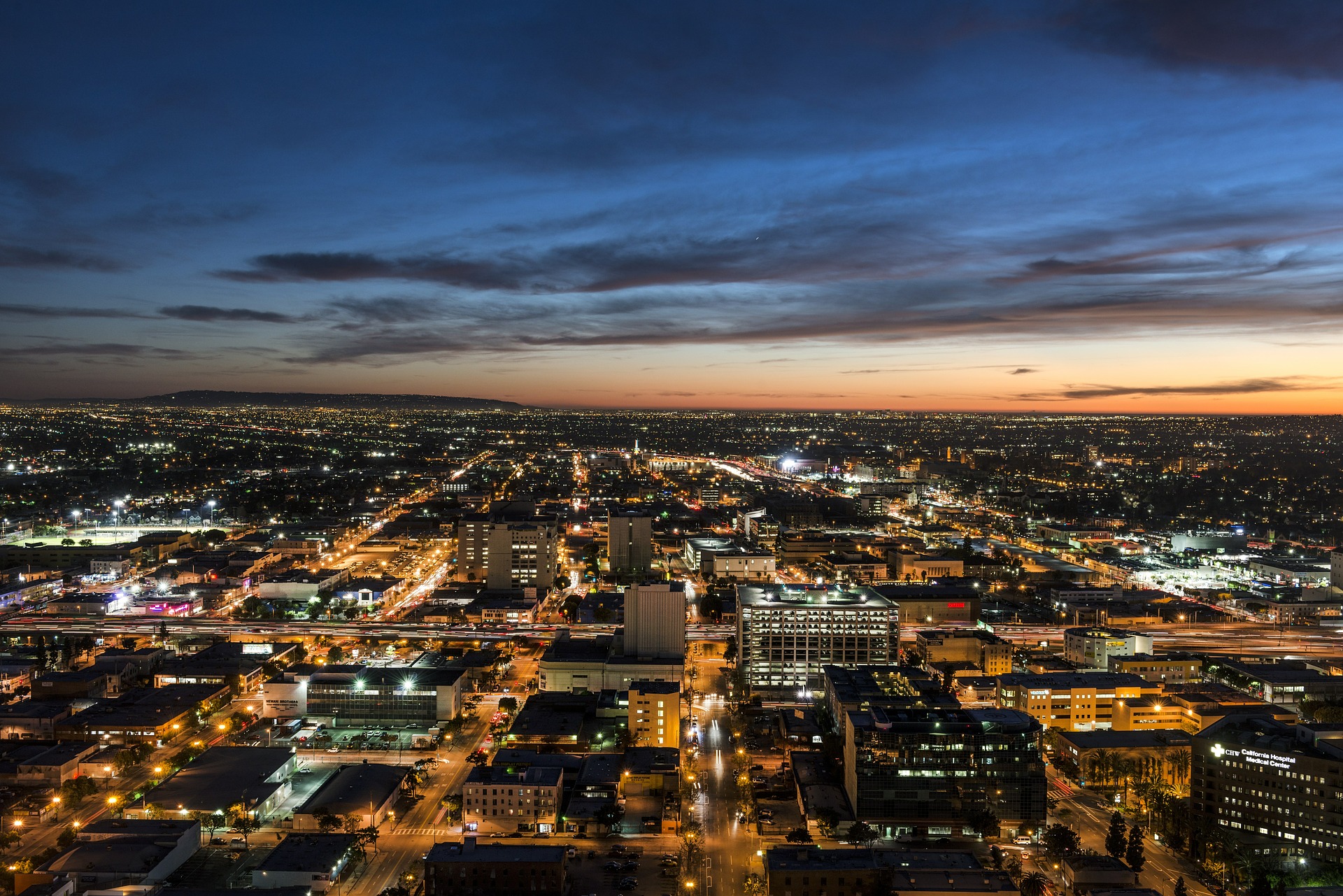By Johnny Magdaleno.
When Los Angeles city council members voted in early August to petition the U.S. government for a $22.5 million loan to build businesses along the rim of an incoming Major League Soccer stadium, Heywood Sanders, a public administration professor at University of Texas San Antonio, had a couple of initial reactions.
The first one had to do with the conference center included in that plan. “Does L.A. need another conference center?” he says. “Do folks not have sufficient venues to have conferences in L.A. now?”
The other was concern at where that $22.5 million would come from. Through the Department of Housing and Urban Development’s Section 108 program, cities can qualify for low-interest loans to fill small funding gaps for development projects if these projects promise to give up to 51 percent of the jobs they create to low-income populations, and act as an economic boon for surrounding communities. The average loan amount is $4.9 million, and cities usually get between 10 and 20 years to pay them off.
But critics point out that giving HUD resources that were established for more direct anti-poverty measures to for-profit developers might not be the best extension of Section 108 and its umbrella fund, the Community Development Block Grant (CDBG) program. Sanders puts it this way: “If you had a spare $22.5 million [in anti-poverty resources] laying around, would you put it towards a stadium?” he asks. The $22.5 million will also create a culinary academy, sports museum, and retail and office space.
[divider] [/divider]





